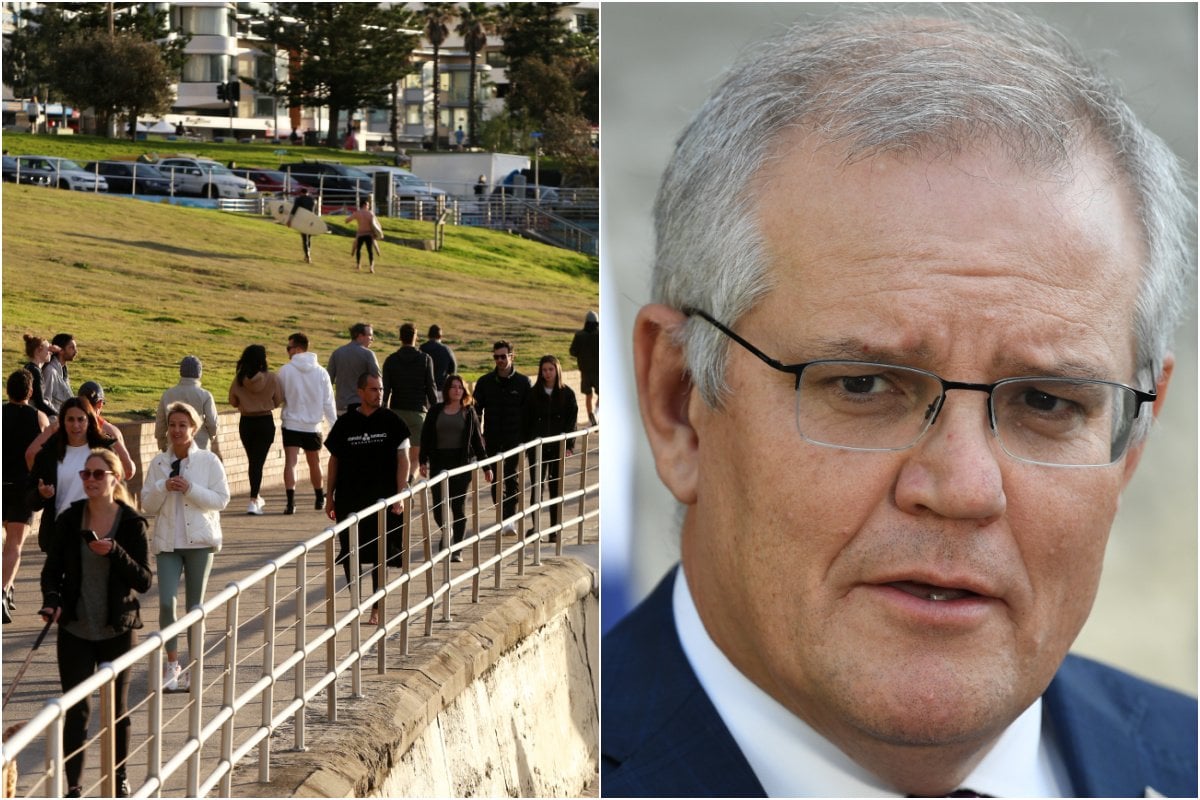
On Friday, Prime Minister Scott Morrison said that once 70 per cent of the population is fully vaccinated against COVID-19, Australia will transition to a new phase of reopening.
Mr Morrison did not set a time frame for this new target, however he did say last week that all people who want a jab will have the chance to receive one by the end of the year, barring unforeseen circumstances.
Once the 70 per cent vaccination target is met, Australia will move to Phase B of the government's four-stage plan out of the pandemic. We are currently in Phase A - the suppression phase.
At the moment, 19 per cent of the population is fully vaccinated and at least 40 per cent have had their first dose.
So what exactly does it mean when we hit Phase B? Here's what we know.
What does Phase B look like?
The 70 per cent target will need to be reached by not just the entire nation, but also by each state or territory. Once the respective state or territory has achieved the 70 per cent target, they will then move into Phase B.
Under Phase B, Australia will strive to minimise serious illness, hospitalisations and fatalities as a result of COVID-19 with "low-level restrictions" - the exact definition of which is not clear.
Lockdowns in Phase B will be "unlikely" but still "possible".
 Long queues of people are seen at the NSW Vaccination Centre in Homebush. Image: Getty.
Long queues of people are seen at the NSW Vaccination Centre in Homebush. Image: Getty.


Top Comments